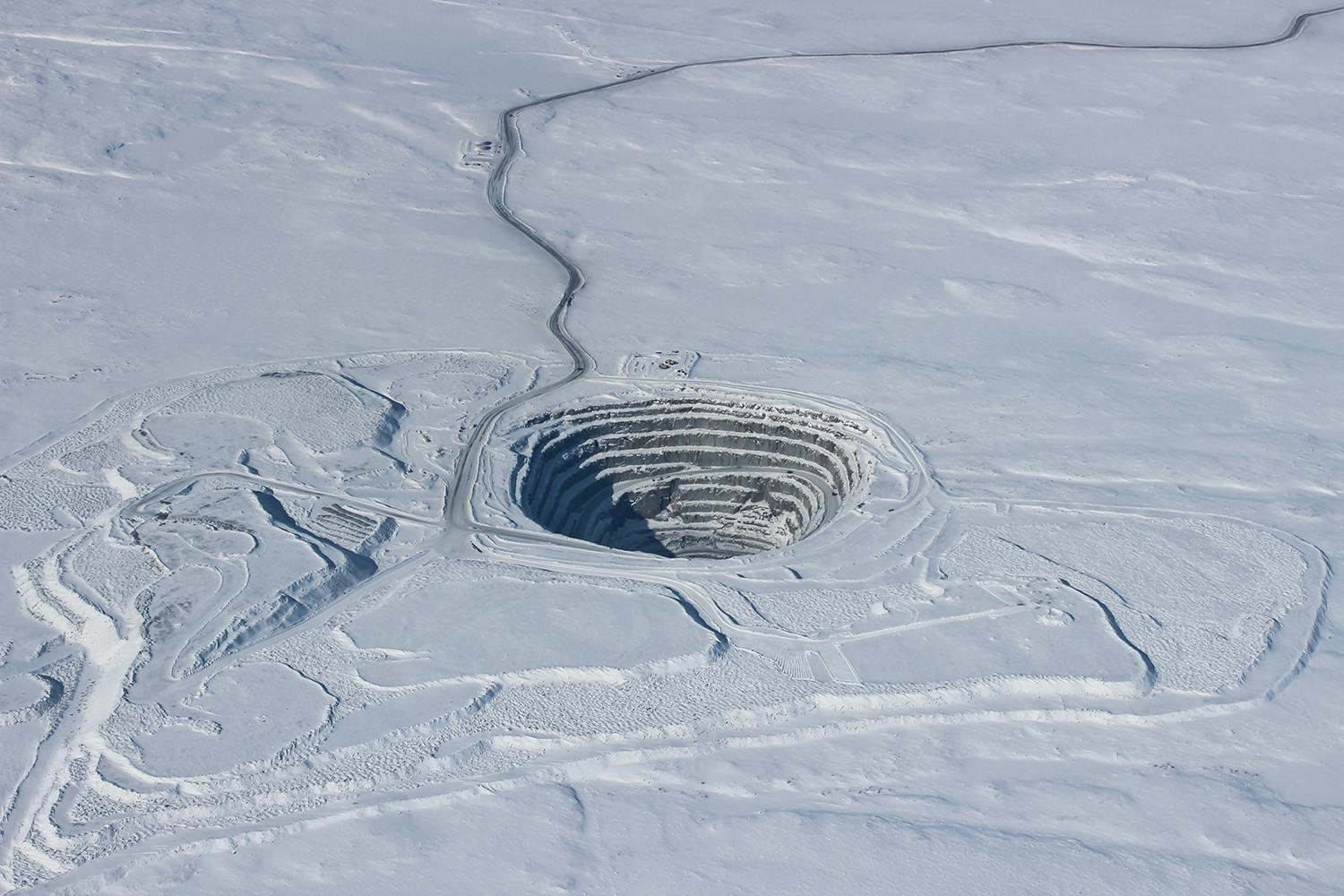WQ Dispatch July 2023
With the need to secure critical and rare earths minerals becoming more urgent—and strategic—the Polar Institute updates us on vital developments.
The critical minerals that underpin key sectors of modern society are some of the “most important commodities of the 21st century.” These minerals, which include familiar names like lithium and nickel as well as the less-familiar rare earth elements like yttrium and neodymium, are crucial components of batteries, solar panels, missile guidance systems, and advanced semiconductors. Global demand for critical minerals is skyrocketing, and the importance of these materials to sectors including national defense, power generation, transportation, healthcare, and communications makes them of national strategic significance.
The US and its allies have been scrambling in recent years to remedy this dangerous situation.
Before the widespread adoption of cell phones, personal computers, electric vehicles, and other critical-mineral-dependent technology, these minerals were under-appreciated in terms of their strategic importance. Critical minerals are found around the world, but the mining and refining processes have been costly in both human and environmental terms. The combination of high environmental/social impact and low perceived value drove most mining and processing of critical minerals away from the United States and Europe.
China moved into the gap and now controls the mining and processing of most critical minerals. It refines 68% of global nickel, 59% of lithium, 73% of cobalt, and 85% of rare earth processing. China has demonstrated its willingness to use these minerals as a coercive foreign policy tool, as when it blocked rare earths access to Japan during a 2010 dispute over fisheries.
The US and its allies have been scrambling in recent years to remedy this dangerous situation. The Biden administration issued a supply chain assessment that found “over-reliance on foreign sources and adversarial nations for critical minerals and materials posed national economic security threats.” The administration is working with states, industry partners, and communities to boost domestic production of critical minerals in the US, and President Biden has authorized the use of the Defense Production Act to allow the Department of Defense to more aggressively fortify supply chains for critical minerals, among other items. The administration is also working with allies to secure critical minerals, including Japan, Australia, and the UK.
The State of Alaska, with its rich mineral endowment and significant mining industry, is a key player in these efforts. For example, the US Geological Survey invested more than $5.8 million dollars into mapping critical mineral deposits in the State of Alaska as part of its Earth Mapping Resources Initiative to increase the reliability and sustainability of the national supply.
Across the border, the US is partnering with Canada on critical minerals supply security. The US-Canada Joint Action Plan on critical minerals will promote collaborative initiatives, including research and development cooperation, supply chain modelling, and increased industry support.
This North American approach to critical minerals also extends to Greenland. The US State Department is working with the government of Greenland to strengthen the growing mineral sector, and cooperation between the two countries was formalized in a 2019 memorandum of understanding. In late 2022, a delegation from the Greenlandic Ministry of Mineral Resources visited Alaska to learn about mining and gather best practices.
The importance of these materials to sectors including national defense, power generation, transportation, healthcare, and communications makes them of national strategic significance.
US-Canada-Greenland cooperation on sustainable development of critical minerals can help address one of the most pressing strategic vulnerabilities confronting the US and its allies. While the concerns around environmental and social impact of critical minerals mining and processing are valid—and vital—the the long history of community-led mining in Alaska and Canada offers lessons that can be applied to new efforts around critical minerals. These three areas also share important common challenges that have historically dampened investor interest: scarce infrastructure, transportation difficulties, and poor communications. The Wilson Center’s MOSAIC Approach report calls for leveraging the strong and accountable mining industry across North America to develop new resources.
The US, Canada, and Greenland are already tied together by a shared missile defense architecture that protects the North American homeland with an arc of defenses from Clear, Alaska to Pituffik, Greenland. Taking a North American approach to critical minerals can similarly leverage the strong community bonds, the shared geography, and the unbeatable security offered by proximity.
As part of the Wilson Center’s work to advance policy solutions in this space, the Polar Institute, Environmental Change and Security Program, the Canada Institute, and the Wahba Institute for Strategic Competition are holding a two-day forum titled Critic Minerals in the Arctic: Forging a Path Forward. Taking place on July 12 and 13, in partnership with the University of Alaska, Department of Energy's Arctic Energy Office, and RAND Corporation, this important dialogue will develop policy recommendations for the development of critical mineral resources in the Arctic, in the context of US national security, energy, climate, and technology goals. We hope you can join us virtually.
Rebecca Pincus, PhD is Director of the Polar Institute, Jack Durkee is Program Associate, and Keenan Miller is an intern with the Polar Institute.
Cover photo: Shutterstock/HeavilyMeditated
